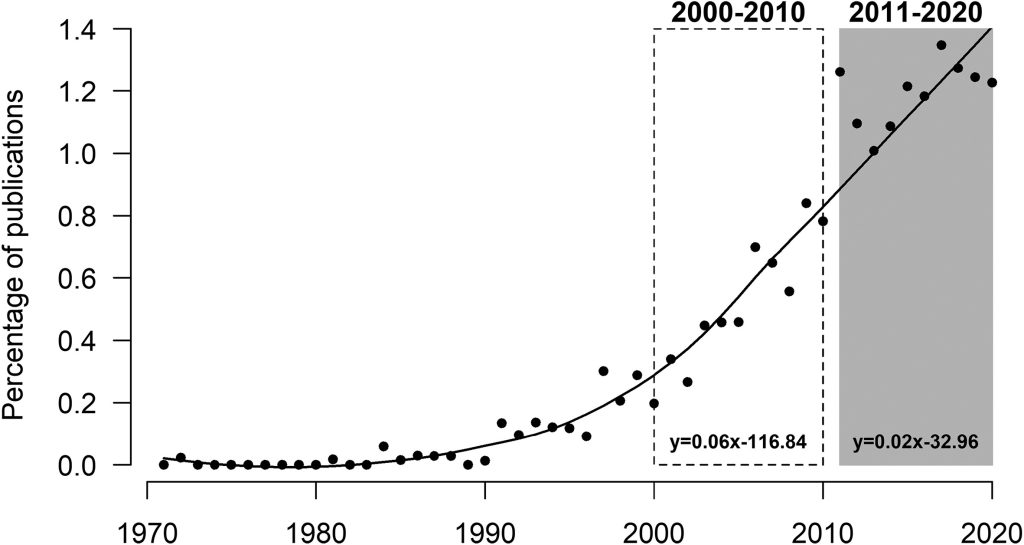Pollinators are some of the world’s most important species, as they provide ecological services needed for agriculture, plant growth, and seed transportation. In urban areas, more and more pollinators are facing difficulties finding plants for pollination, especially native pollinators. This is due to degraded habitat, insecticides/pesticides, urban infrastructure, and human caused pollution. Riparian edges in and around urban areas are facing extreme degradation, as polluted runoff flows into these areas, people plant non-native or invasive species in these areas, or people use herbicides there. These areas are especially important for pollinators, whether they be migratory or native. This is especially important to me, as I work with bees, and am interested in working in the entomology field.
In a research article, Pollinators and urban riparian vegetation: important contributors to urban diversity conservation, from 2022, researchers did an observational study in which they recorded data comparing riparian vegetation and bee and butterfly abundance and richness. This study took place in Chongqing, China, along the Qingshui stream and the Phoenix Stream, (QS and PS from here on out). The study took place over a year, with observations occurring during each season, 11 times total. Plants were noted and identified on-site, with pollinators being collected in nets and taken back for proper identification. Using the Shannon-Wiener Index, richness index, and the Pielou Index, the researchers analyzed the richness and abundance of bees and butterflies along the two streams, and compared that data with the type of plants where they were found.
They found that the richness and abundance of native plants was very similar along both streams, but that composition of plants was very different. Unsurprisingly, higher bee and butterfly abundance and richness was observed during the spring and summer months, with it falling off a bit in the fall and winter months. They found that bee and butterfly richness was significantly correlated with an abundance of native flowering vegetation. They also found that the habitat heterogeneity was more complex for butterflies than for bees. A section of QS had been destroyed due to herbicide use halfway through the experiment, and they observed an immediate decline in bee and butterfly populations along this section of the stream.
This paper shows the importance of preserving riparian buffers and edges in urban areas, but also preserving the integrity of these areas. Pollinators are extremely important to urban areas, as well as rural, and one way we can continue to promote them is through planting more native species. I think one way we could do this is by simply planting more native plants along sidewalks to increase pollinator presence, (at least in Raleigh), or by planting native pollinator plants in our gardens.
Zhang, X., Zhang, L., Wang, Y. et al. Pollinators and urban riparian vegetation: important contributors to urban diversity conservation. Environ Sci Eur 34, 78 (2022). https://doi.org/10.1186/s12302-022-00661-9
